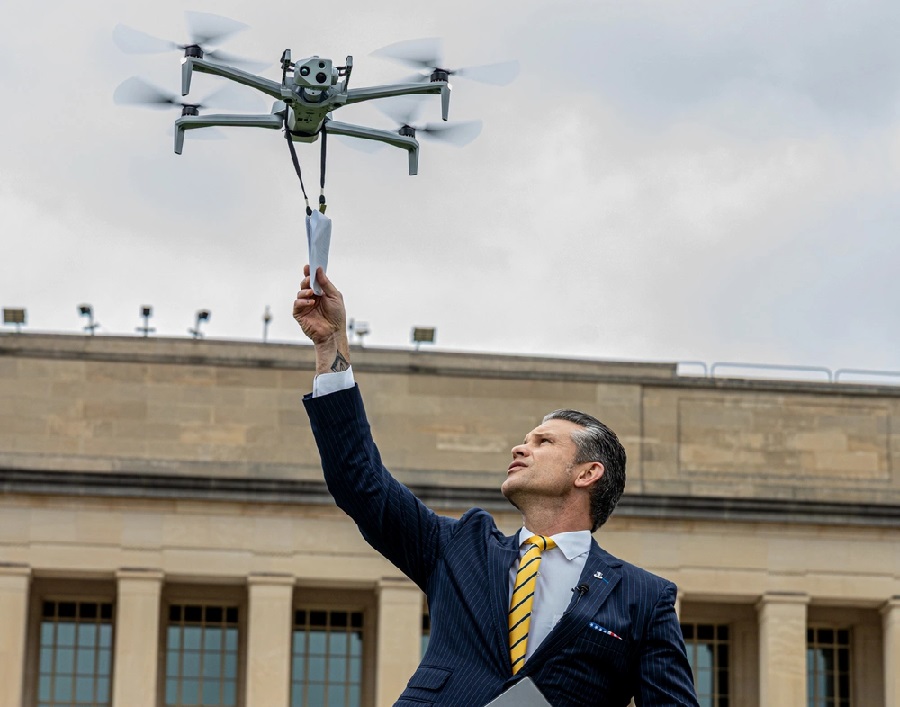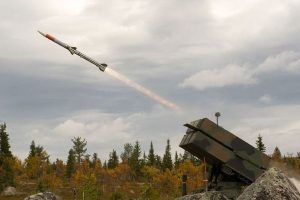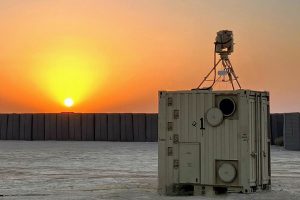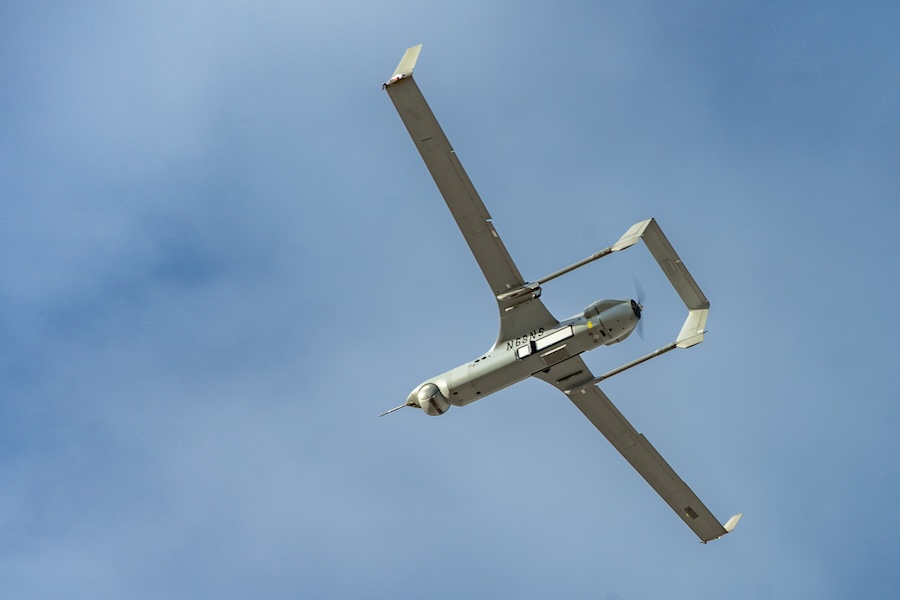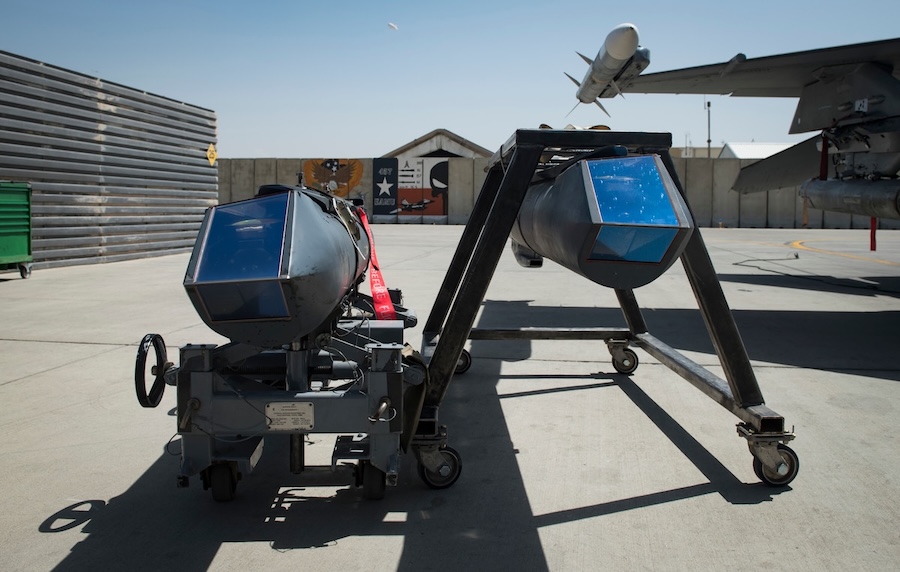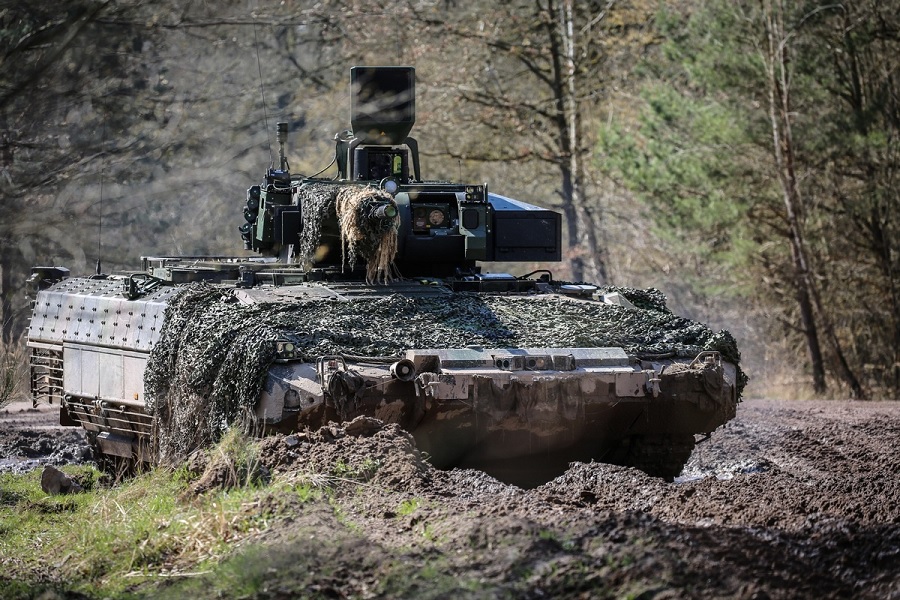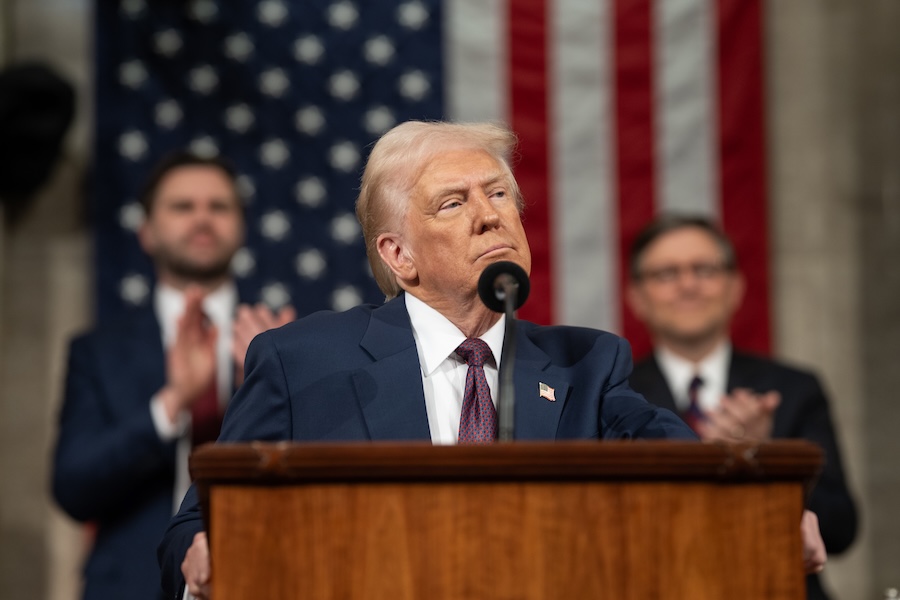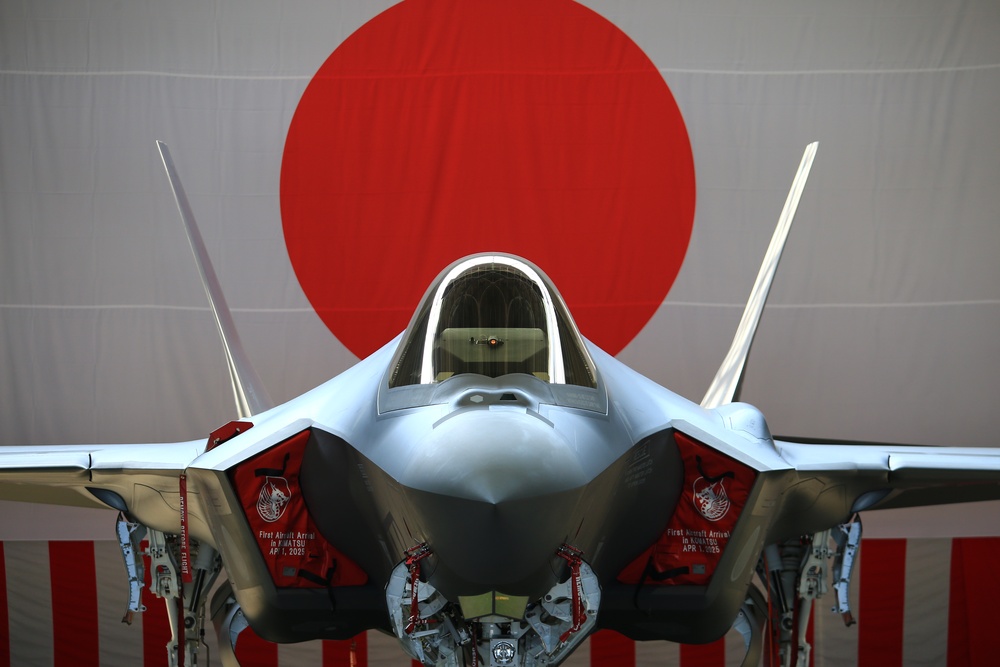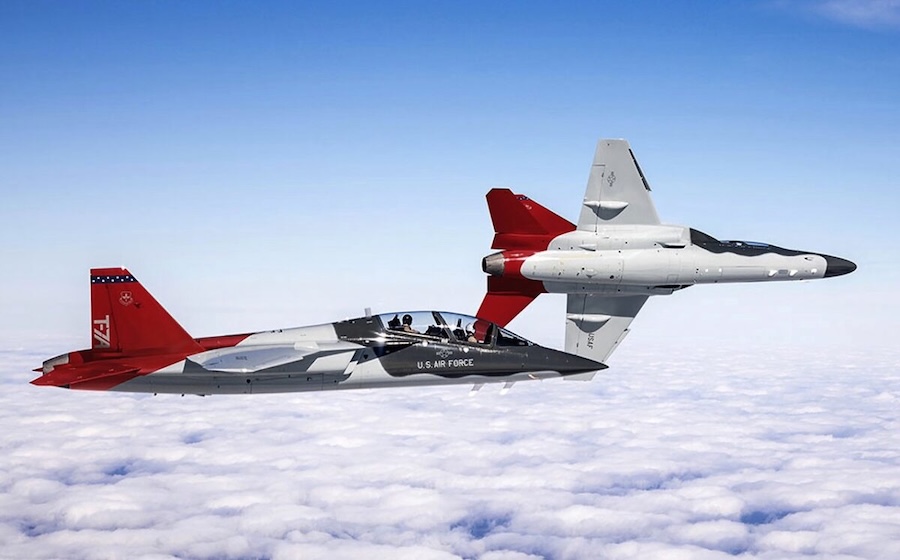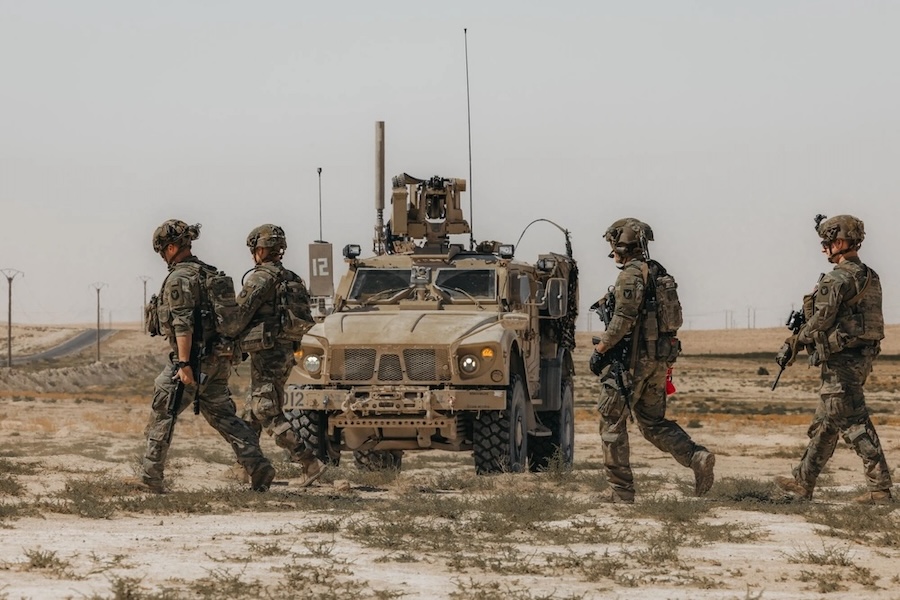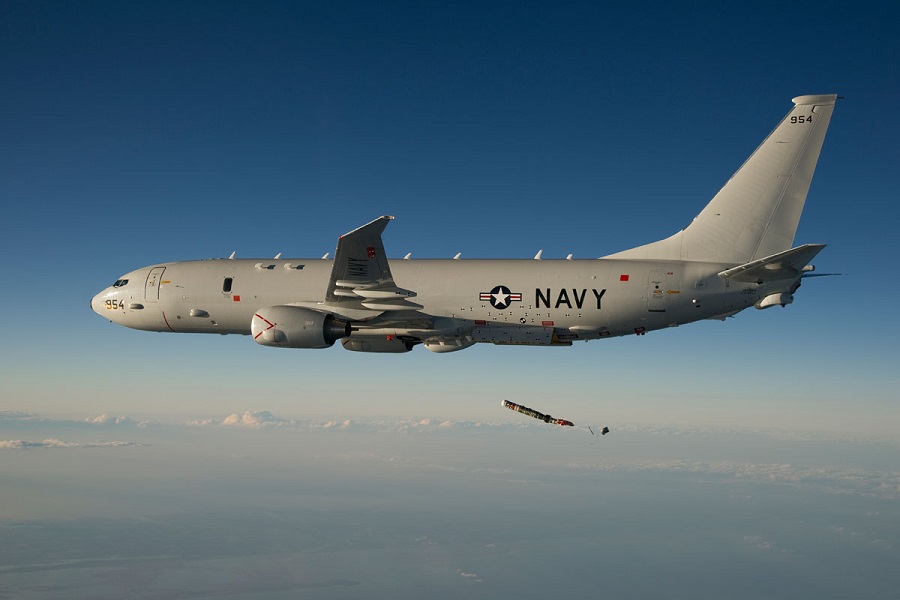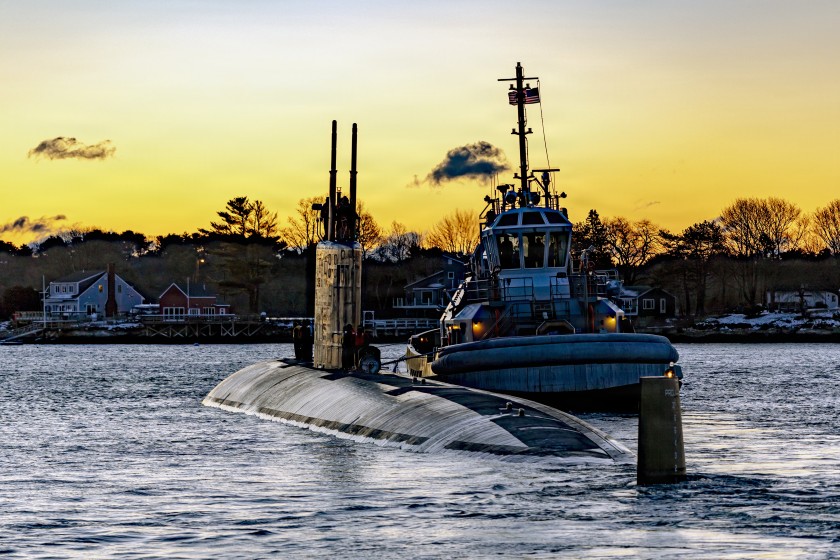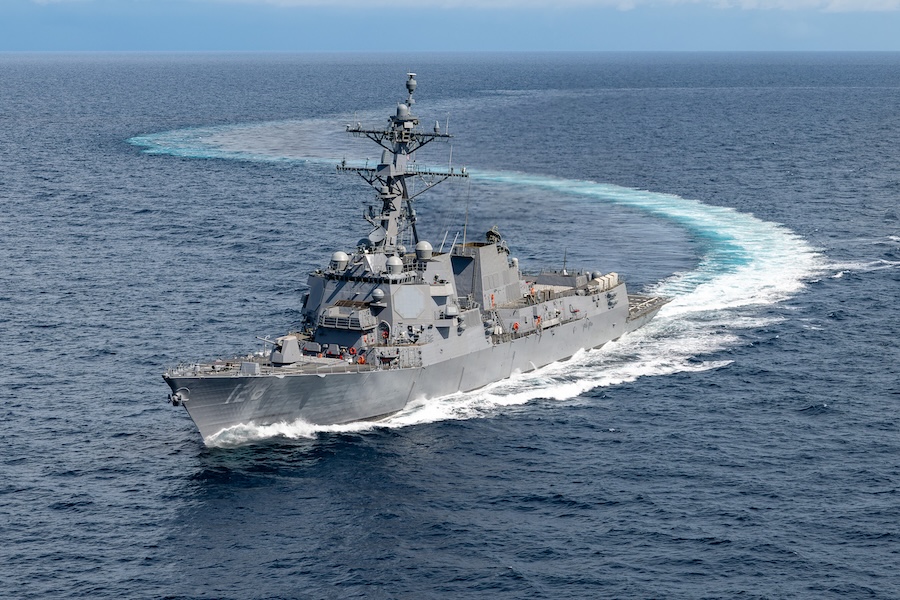In the directive released Thursday, Hegseth criticised previous delays in drone deployment and said the U.S. must catch up with global competitors. “Our adversaries collectively produce millions of cheap drones each year. While global military drone production skyrocketed over the last three years, the previous administration deployed red tape,” he wrote.
To counter this, the Pentagon plans to approve “hundreds” of domestically produced drones and integrate them into combat units and training regimes. These systems will be sourced from American engineers and AI experts, with a focus on low-cost and highly effective designs.
Each branch of the military — the Army, Navy, Marine Corps and Air Force — has until 1 September to create new active-duty experimental formations. These units are expected to drive rapid adoption of small UAS capabilities, prioritising fielding to U.S. Indo-Pacific Command.
The directive also mandates the establishment of independent program offices within each military service, solely focused on UAS acquisition and implementation. Hegseth emphasised that procurement must be competitive and favour U.S. companies, stating, “Drone dominance is a process race as much as a technological race. Major purchases shall favour U.S. companies, informed by Blue List ratings and strategic guidance.”
A key reform is the overhaul of the Blue List — the Department of Defense’s official inventory of approved drone systems, parts and software. By 1 January 2026, responsibility for this list will shift from the Defense Innovation Unit to the Defense Contract Management Agency, which will transform it into a dynamic digital platform, searchable using AI tools.
Within 60 days, military secretaries must identify existing programmes that would be more effective or affordable if replaced with drones. Additionally, by the 90-day mark, at least three national training ranges must be designated for advanced UAS use, including at least one over water.
Looking ahead, Hegseth said UAS will be integrated into all major combat training events from next year, with a goal that by the end of 2026, “every squad” will be equipped with “low-cost, expendable drones”. Indo-Pacific units will be prioritised in this deployment.
In a strong call to action, Hegseth wrote, “Our adversaries have a head start in small UAS, but we will perform a technological leapfrog and establish small UAS domain dominance by the end of 2027. We will accomplish this urgent goal by combining the Nation’s best qualities, including risk-taking.”
The directive aims not only to equip U.S. forces for the modern battlefield, but also to foster a new internal culture. “Senior officers must set the tone. Accelerating this critical battlefield technology requires a Department of War culture,” Hegseth concluded.




